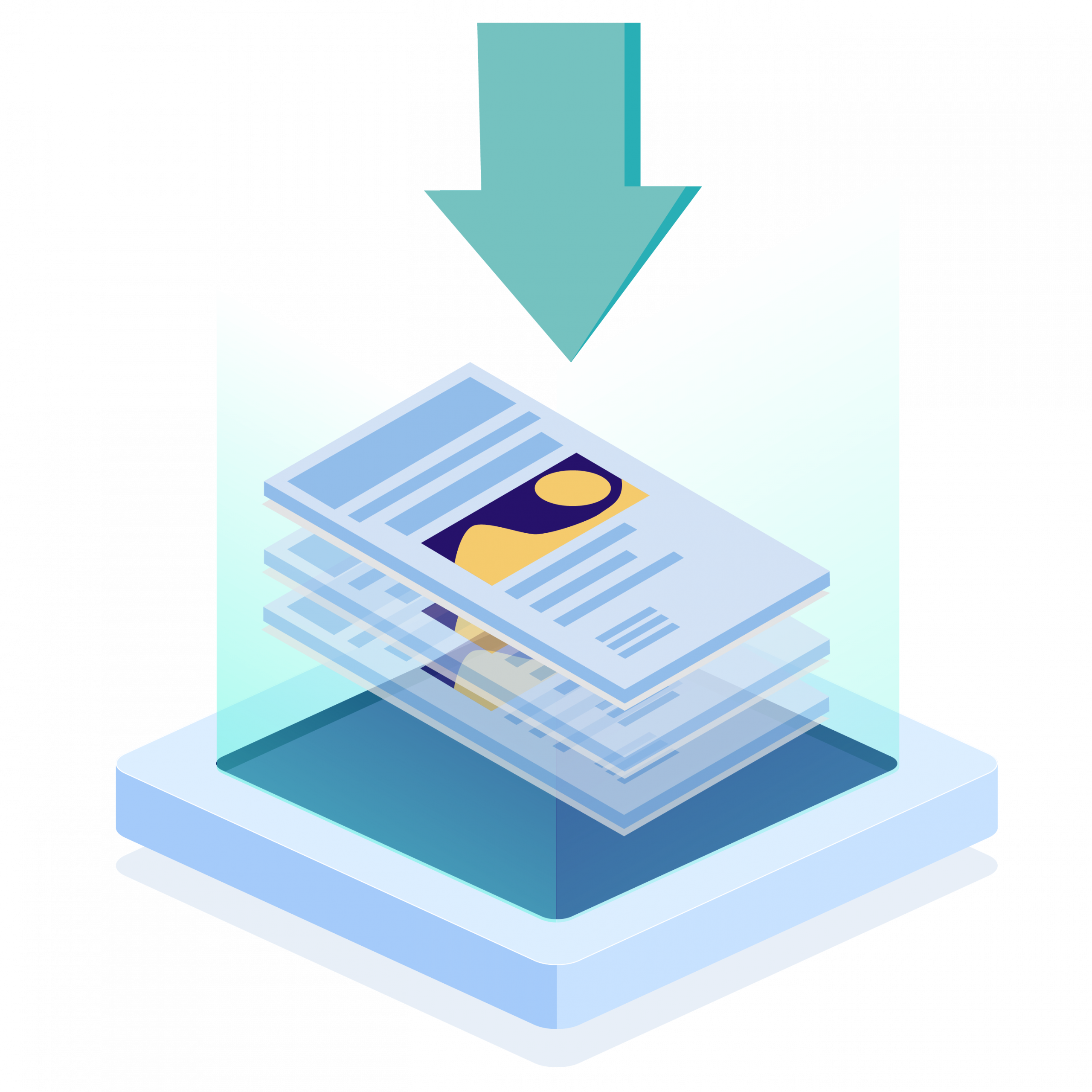Datalogics Inc. Announces PDF Forms Flattener to Transform Your PDF Forms

Lindsey is a content marketing professional with 15 years of experience working with small and large companies alike. She is passionate about telling stories and connecting with others through digital channels.


Datalogics is very proud to announce PDF Forms Flattener, a scriptable server tool available now on Windows 64-bit platforms. Powered by our recently released Forms Extension for the Adobe PDF Library, this is a simple-to-use command line program for “flattening” PDFs containing interactive forms, including both XFA and AcroForm documents. It also supports importing data to the form before flattening and generating missing appearances for annotations.
You may be curious why it’s called “Flattener.” Think of PDF forms as three-dimensional objects, possessing width, height, and also a ‘depth of interactivity’ dimension. You see the button on the screen, but you can also ‘press it down’ from being raised ‘up.’ We’re going to take that three-dimensional object and flatten it to become two-dimensional. So now, the form only possesses width and height ¬– all objects on the page are flat and cannot be pressed down or interacted with. Text Boxes become regular Text. Buttons, Check Boxes, Radio Buttons, and editable Barcodes become drawings or images of Buttons, Check Boxes, Radio Buttons, and Barcodes, respectively.
One of the primary reasons this is a really big deal in the PDF space is that most XFA documents are completely unintelligible to the majority of PDF software and simply can’t be processed at all. This creates widespread challenges in forms processing workflows and prevents many users from opening and viewing the content of documents on screen, editing documents, and printing to paper. With the PDF Forms Flattener, such documents can be flattened to regular PDF content that any standard PDF software can support.
Many companies over the last several years have been greeted with questions, complaints, and just plain confusion from customers and even internal employees with queries like, “Why doesn’t your software open my PDF?”, or “Your software says I need to use Acrobat to open this PDF – why do we have to use Acrobat?”, or even “Your software says I need to upgrade my version of Acrobat, but we’re not using Acrobat! We’re using your software – please help!”
The result is typically the same tragic story – developers spending many hours online, searching in vain for why a particular PDF form document won’t open in the software they built to process PDF documents. Frantically looking for an update they may have missed or an option they may have failed to set to process the document correctly. Inevitably, they are typically bewildered to learn that XFA PDF documents are only ‘masquerading’ as PDFs but aren’t true PDFs, and their software simply will not work with these documents. They search high and low, and they all eventually come to the same conclusion that – PDF software is plentiful, but PDF XFA support is rare.
Fortunately, we solved this problem with our recent release of Forms Extension for the Adobe PDF Library – an SDK for C++, .NET, or Java that enables integrated solutions for forms flattening in software development projects.
But what if you don’t have in-house software development engineers or simply need to support a server-based forms flattening workflow? The solution is to leverage our new turn-key tool, PDF Forms Flattener! This simple command line program allows you to specify an input file, a name for the output file, and optionally a forms data file to import prior to flattening. It’s that easy! Let’s take a look at an example:
PDFFormsFlattener.exe --input XFADocument.pdf --output Flattened.pdf
Here we specify our input file is “XFADocument.pdf” and our output file name is “Flattened.pdf”. Press enter, and you have your flattened file, fully compatible with all standard PDF software! Furthermore, by leveraging your favorite scripting language, you can also setup batch processing of all of your PDF forms documents to be flattened using PDF Forms Flattener.
PDF Forms Flattener can also flatten more traditional AcroForm documents. This is especially handy if you want to remove editable form fields that users can interact with and replace them with baked-in textual content which will be no longer editable when viewing them with PDF software.
The PDF Forms Flattener is now available with a free evaluation on our website – download it today to get started!
Datalogics, Inc. provides a complete SDK for PDF creation, manipulation and management for companies around the globe. Built on Adobe source code, our flagship product Adobe® PDF Library offers a choice of programming platforms and languages along with unsurpassed customer service, proven by our 94% customer retention rate. Datalogics offers…
Read more




